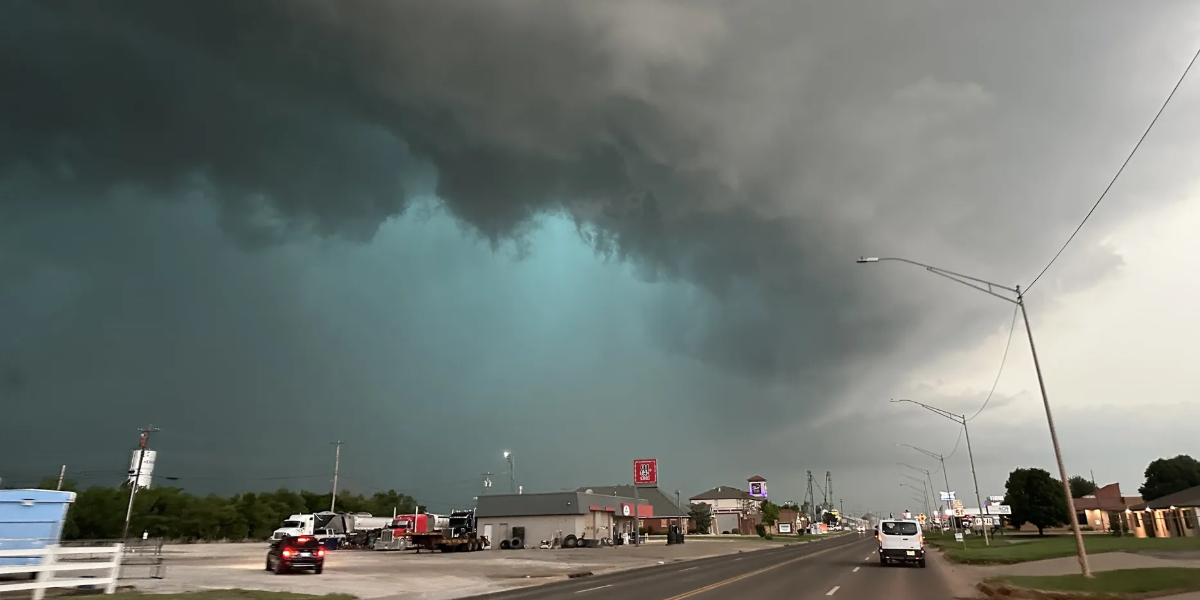It’s scorching hot in the Valley of the Sun, with the region experiencing its first 100-degree day of the year.
The official observation site at Phoenix Sky Harbour International Airport reported a high of 100 degrees on Thursday, approximately three weeks earlier than the average first day of triple-digit temperatures, which occurs around May 2.
The Phoenix area averages 111 days per year with temperatures of 100 degrees or greater, most of which occur between May and October.
While it’s a little early to be racking up triple-digit days, records show it’s not uncommon.
The earliest 100-degree day on record in Phoenix was March 26, 1988, but it did not result in a record-breaking stretch of warmth.
“Just because we’ve hit 100 degrees already doesn’t mean we’re automatically heading into another scorching summer,” the National Weather Service office in Tempe, Arizona, said.
The type of heat that Arizona and most of the Southwest will experience this year is strongly influenced by how the forthcoming monsoon season unfolds.
If the monsoon is more active than usual, it may assist reduce severe heat by bringing more cloud cover, thunderstorms, and rain to the region.
“The strength and timing of the monsoon are critical,” the NWS stated. “A robust monsoon pattern can knock down those extreme high temperatures that typically build up.”
The official monsoon season lasts from June 15 to September 30, however delays or weaker-than-normal activity can significantly affect summer temperatures.
For example, a poor monsoon season in 2024 contributed to Phoenix breaking numerous heat records, including the city’s longest series of 100-degree days in history.
Without constant cloud cover and rainfall, Phoenix saw 111 consecutive days of temperatures at or above 100 degrees, with numerous days exceeding 115 degrees.



